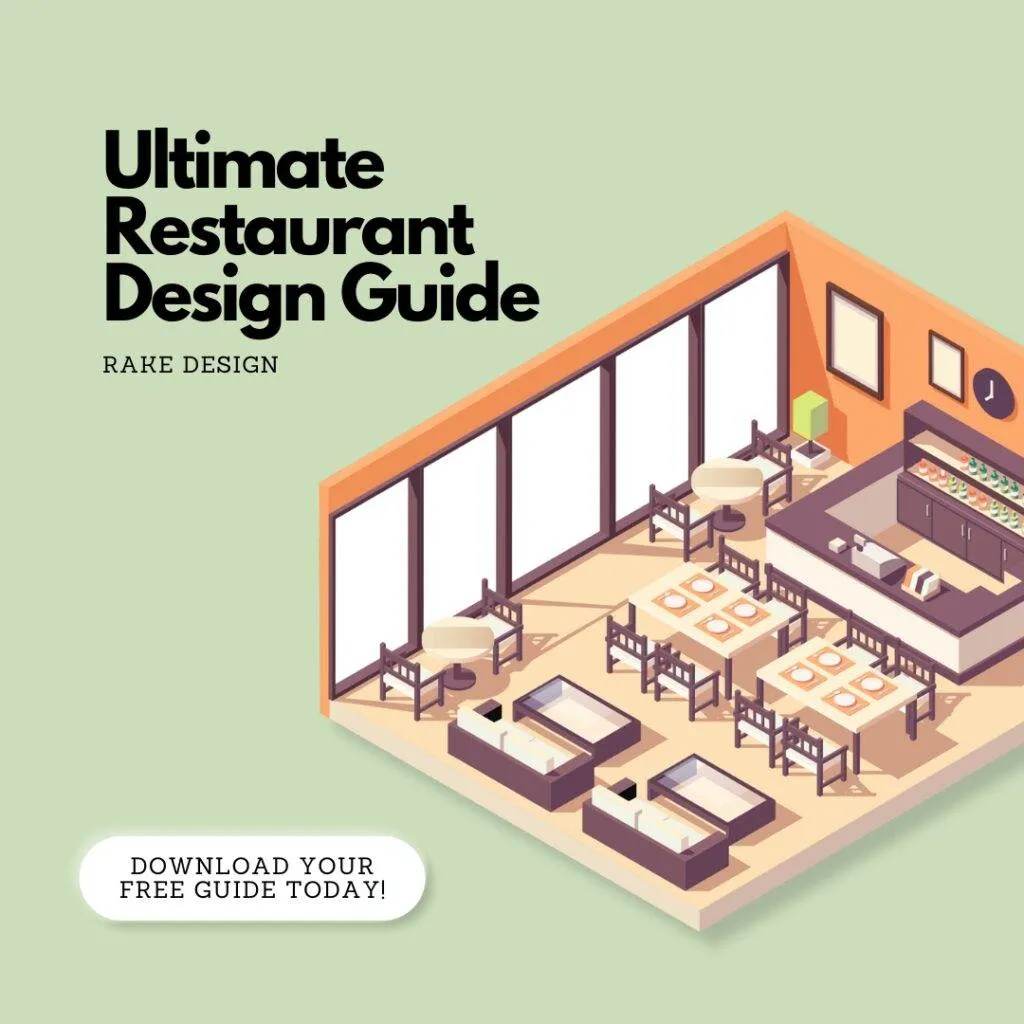Elevating your restaurant through innovative architecture goes beyond aesthetics—it’s about creating a space that enhances the dining experience, reflects your brand, and optimizes functionality. In today’s competitive landscape, where customers value unique environments as much as they value good food, architecture plays a crucial role in setting your restaurant apart. Here’s how you can use innovative architectural elements to transform your restaurant.
Blurring Indoor and Outdoor Spaces
One of the most effective ways to create a memorable atmosphere is by seamlessly blending indoor and outdoor environments. By incorporating large windows, retractable walls, or glass ceilings, you can introduce natural light and create a sense of openness. Outdoor seating areas, especially ones integrated with gardens, patios, or rooftop spaces, provide an appealing extension of the dining room. This connection to nature fosters a relaxed and inviting ambiance, encouraging diners to linger longer and enjoy their experience.
Sustainable Design and Green Building Practices
Modern diners increasingly appreciate restaurants that prioritize sustainability. Incorporating eco-friendly materials like reclaimed wood, bamboo, or recycled metals into your restaurant’s design not only demonstrates environmental consciousness but also adds a natural, warm aesthetic. Features such as green roofs, solar panels, and energy-efficient lighting systems can further elevate your space while reducing your environmental impact. Using sustainable architecture as part of your design narrative can resonate with eco-conscious customers and enhance your brand’s reputation.
Open-Concept Kitchens
Open kitchens continue to be a popular architectural choice that allows diners to feel more connected to the food and the cooking process. By offering a visual experience of the culinary work behind the scenes, open kitchens foster transparency and trust. The integration of the kitchen into the dining space can also energize the restaurant with its liveliness and activity, creating an interactive atmosphere that enhances the overall dining experience.
Bold Use of Geometry and Form
Innovative architecture often employs bold geometry and unconventional forms to create a visually striking environment. Unusual shapes, curves, and angles can make your restaurant stand out, giving it an artistic flair. From sculptural ceiling installations to uniquely shaped dining areas or bar counters, these elements add drama and intrigue. A focus on geometry can also improve the flow of movement within the space, guiding diners naturally through the restaurant while maintaining an artistic edge.
Cultural and Historical Integration
Another way to elevate your restaurant’s architecture is by integrating local culture, history, or the story of your brand into the design. This could be achieved through architectural features that reflect the heritage of the area or your restaurant’s culinary roots. For instance, if your cuisine has a deep cultural history, you could incorporate architectural elements from that tradition, such as arches, tiles, or artwork that mirrors the origins of your dishes. This fusion of architecture and storytelling adds depth and context to the dining experience, making it more meaningful for your guests.
Maximizing Vertical Space
In urban environments where space can be limited, maximizing vertical space is an architectural strategy that can add depth and functionality to your restaurant. High ceilings, vertical gardens, and multi-level dining areas can give even smaller restaurants a grander sense of space. Creative use of mezzanines, suspended seating, or floating structures helps maximize seating capacity without overcrowding the floor, ensuring comfort while making the space feel expansive.
Innovative Lighting Design
Lighting is one of the most versatile tools in architectural design, capable of transforming a restaurant’s atmosphere entirely. Architectural lighting can be used to highlight key design features, enhance mood, or even make smaller spaces feel larger. Custom lighting fixtures that blend artistry with function can serve as focal points, creating a distinct personality for your restaurant. The ability to adjust lighting throughout the day—from bright natural light during lunch to warm, ambient lighting for dinner—also creates a dynamic environment that adapts to different moods and settings.
Modular and Flexible Design
To keep your restaurant relevant and able to accommodate different types of events or changes in demand, consider integrating a modular or flexible design. Movable walls, adaptable seating, and transformable dining areas allow you to shift the layout based on the occasion, whether it’s an intimate dinner service or a large private event. A flexible architectural design can also help restaurants accommodate evolving business models, such as adding delivery services or creating separate areas for takeaway orders.
Experiential Architecture
Incorporating experiential elements into your restaurant design transforms the space into more than just a place to eat—it becomes a destination. This can include immersive architectural features like interactive art installations, projection mapping, or multi-sensory elements that engage guests beyond taste and sight. By offering an immersive environment, you elevate the overall experience, making your restaurant not just about dining but also about engagement and discovery.







